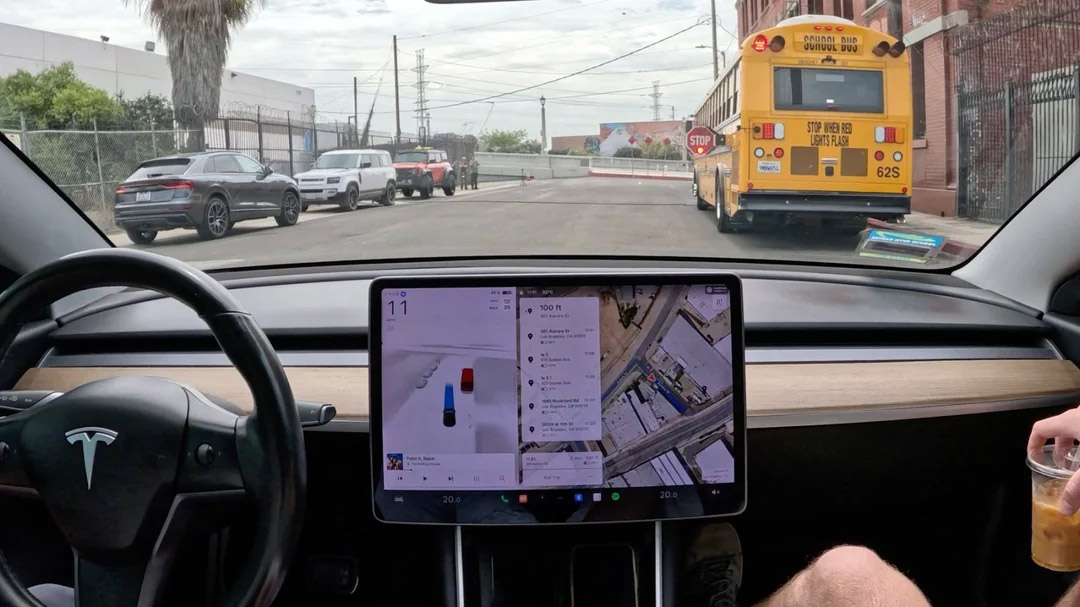1. Promises vs. Progress
For nearly a decade, Elon Musk has asserted that Tesla vehicles are—or soon would be—capable of full self-driving (FSD). Yet, as of 2025, Tesla’s systems remain classified as SAE Level 2, meaning continuous driver supervision is mandatory.
2. Mounting Legal and Regulatory Repercussions
- A federal jury in Florida recently held Tesla partially liable in a fatal 2019 crash involving Autopilot. The company was ordered to pay $243 million in damages, including punitive and compensatory awards.
- Shareholder litigation has followed, accusing Tesla and Musk of securities fraud. The suit alleges exaggerated claims about robotaxi readiness induced a sharp drop in share value—amounting to tens of billions of dollars in losses.
- Regulatory scrutiny continues at both state and federal levels, with ongoing probes into Tesla’s marketing and reporting practices.
3. Robotaxi Service: Limited Launch, High Scrutiny
- Tesla initiated a limited robotaxi service in Austin in mid-2025. Vehicles include a human safety monitor, keeping them within Level 2/3 autonomy—not the driverless Level 4 or 5 that had been promised.
- Early rider videos documented multiple issues, including:
- Driving in wrong lanes
- Speeding beyond posted limits
- Erratic passenger drop-offs
4. Technological Discrepancies: Musk vs. Industry
- Tesla relies exclusively on camera-based vision systems, rejecting lidar or radar. Critics argue this sacrifices necessary redundancy and safety, particularly in challenging conditions.
- By contrast, competitors like Waymo operate fully driverless (Level 4) fleets, completing hundreds of thousands of autonomous trips weekly across multiple cities.
5. Safety Data Calls into Question
- Government investigations have found Tesla’s Autopilot linked to hundreds of crashes, including multiple fatalities, based on analysis of nearly a thousand incidents.
- While Tesla publishes quarterly safety metrics showing favorable accident-per-mile statistics, independent studies and methodological critiques highlight possible bias and data opacity.
Summary Table
| Category | Data / Evidence |
|---|---|
| Autonomy Claims | Musk’s “Full Self-Driving” remains Level 2; no Level 4/5 autonomy achieved |
| Legal Outcomes | $243 million verdict in Florida crash; shareholder fraud lawsuit underway |
| Robotaxi Trials | Austin launch: human-monitored, with multiple documented safety errors |
| Competitor Status | Waymo leads with Level 4, high-volume autonomous operations |
| Safety Record | Hundreds of crashes, multiple fatalities linked to Autopilot; data transparency issues |
Final Thoughts
The data reveals a growing discrepancy between Tesla’s public messaging and the measurable reality. Musk’s forecast of fully autonomous Teslas on public roads remains unfulfilled. Meanwhile, legal, reputational, and regulatory challenges are intensifying. Competitors, backed by robust safety data and proven performance, underscore the scale of Tesla’s shortfall.

Leave a Reply